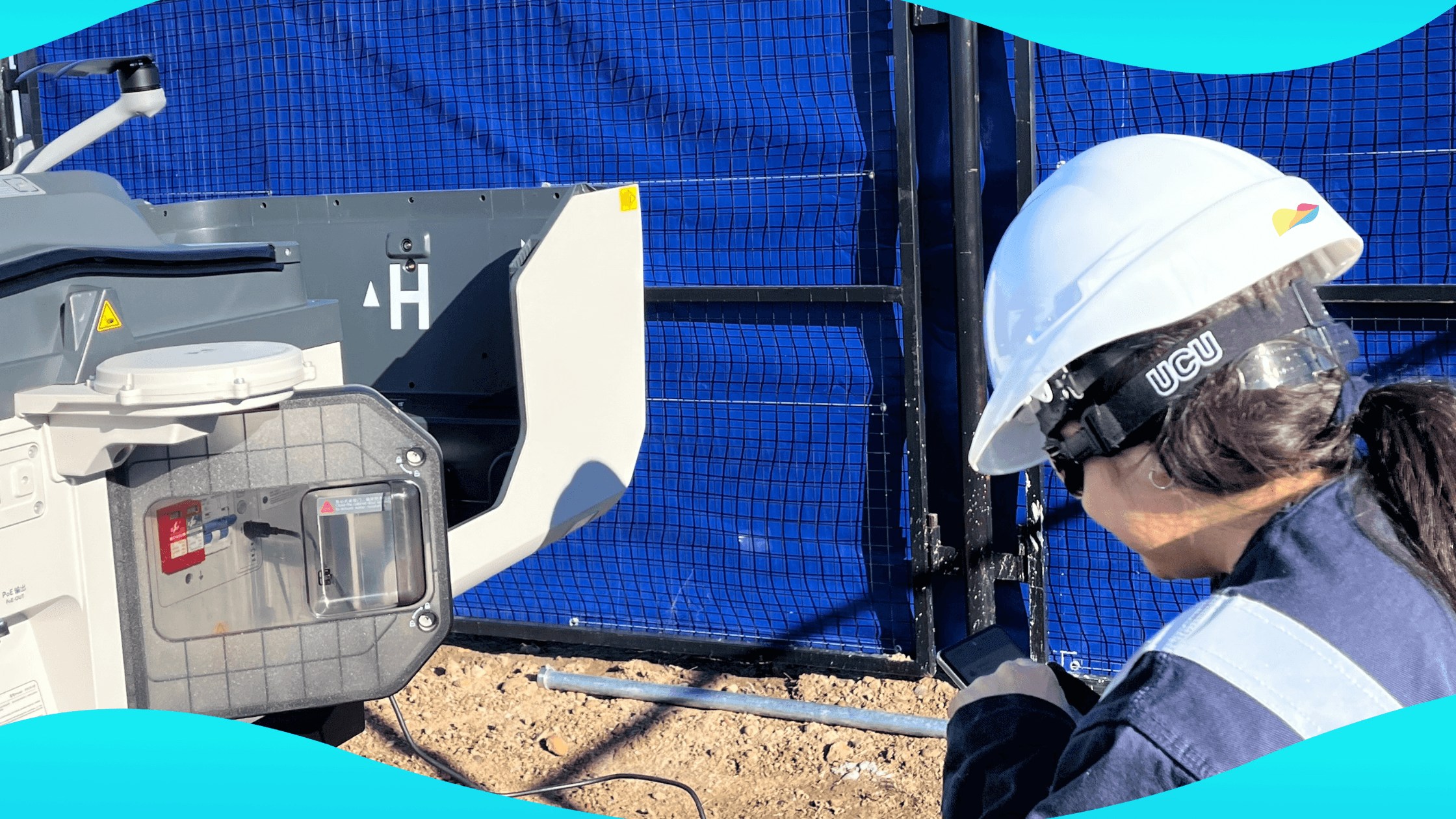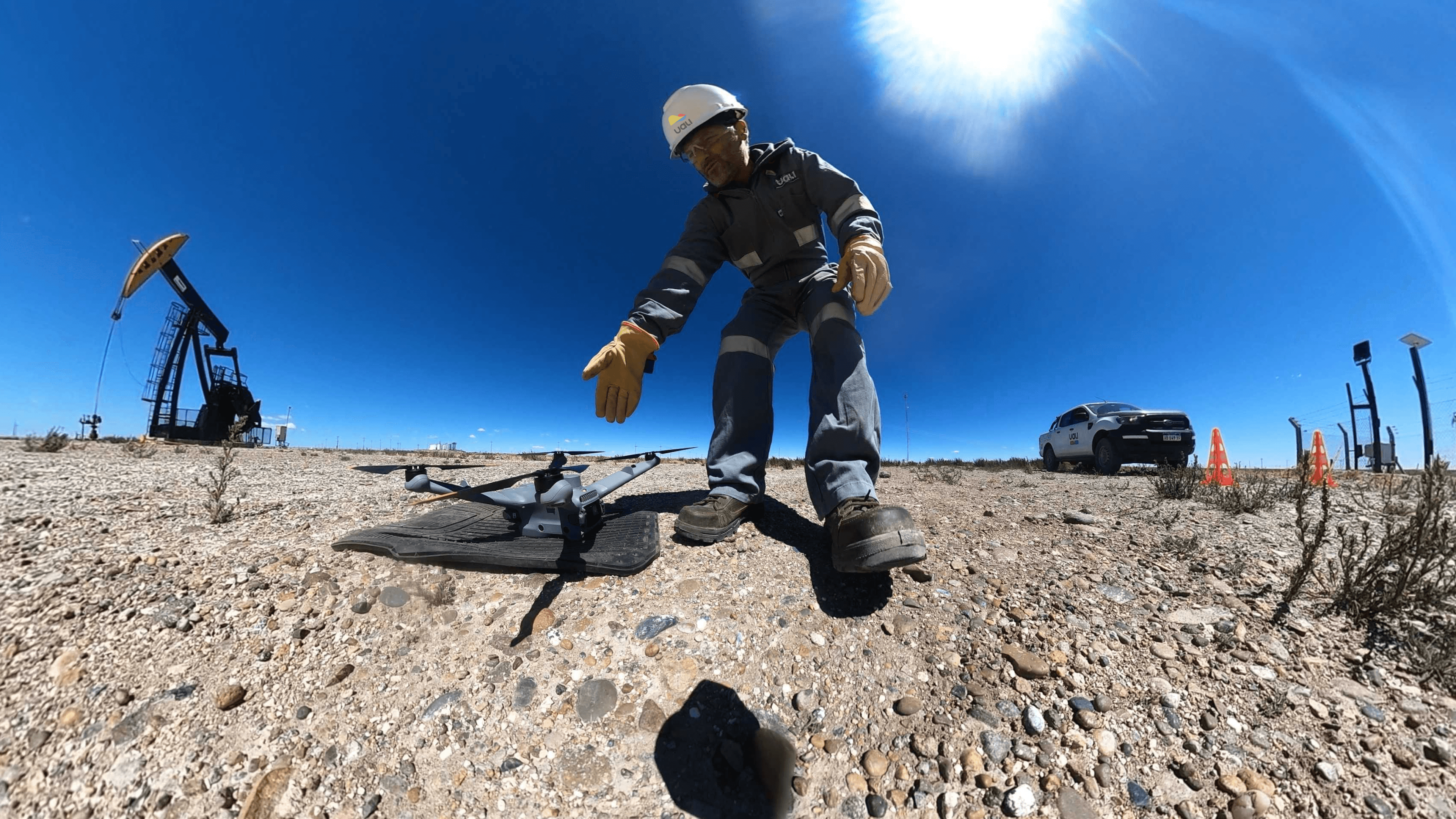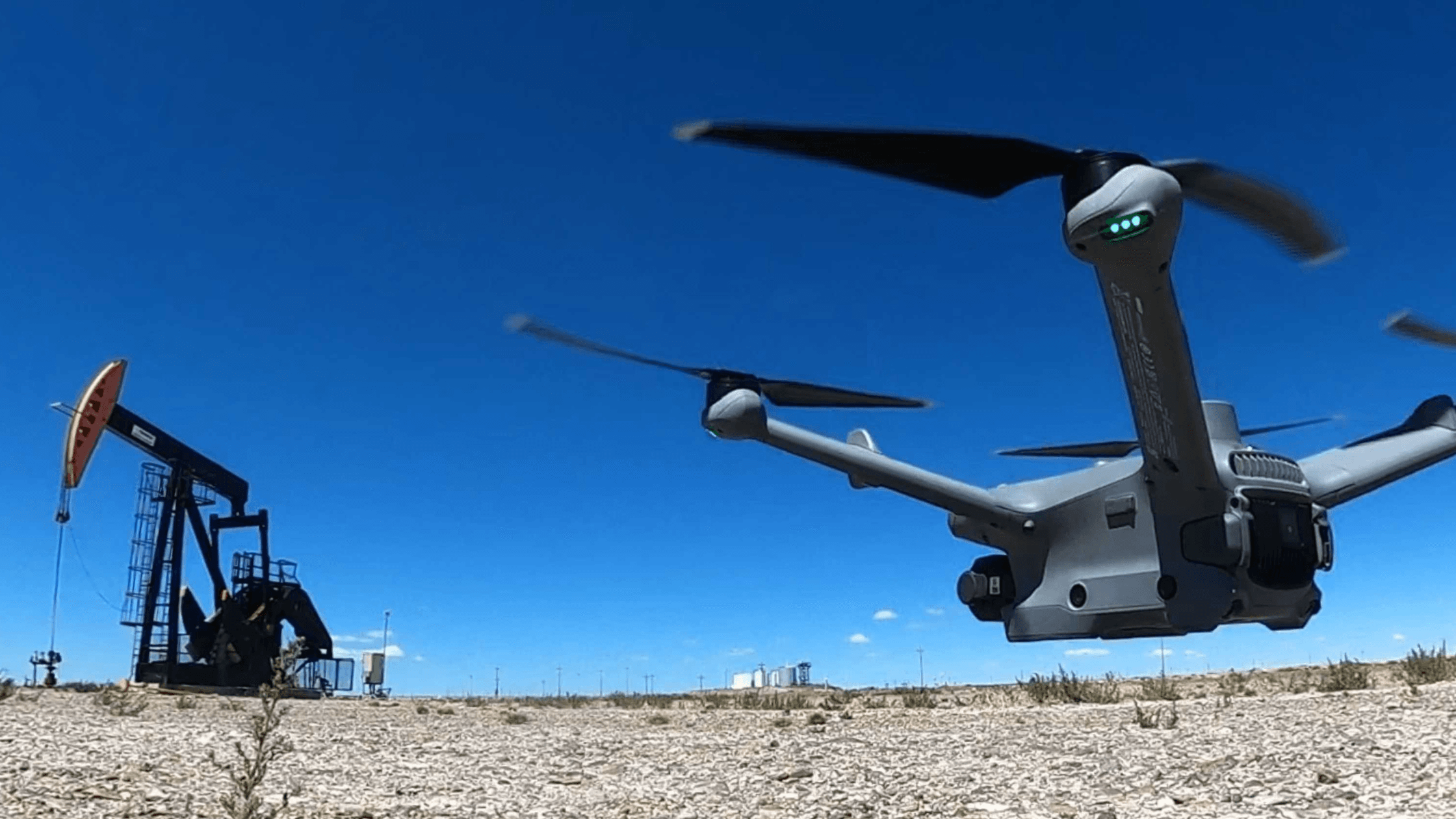News
How Uali helps reducing CAPEX and OPEX in the energy industry
With the advancement of digitalization and automation, companies in the energy sector face a new challenge: optimising their capital without compromising safety or productivity. Through solutions based on robotics, artificial intelligence (AI) and the Internet of Things (IoT), Uali drives more efficient asset management, reducing both capital expenditure (CAPEX) and operational expenditure (OPEX) through intelligent monitoring, preventive maintenance and data-driven decision-making.

In the energy sector, efficient capital management is an ongoing challenge. Every project requires investments that fall into two main categories:
- CAPEX (Capital Expenditure): capital expenses — investments aimed at acquiring, building or upgrading physical assets such as equipment, infrastructure or facilities.
- OPEX (Operational Expenditure): operational expenses — those linked to day-to-day functioning, including maintenance, transport, energy, personnel or external services.
Reducing both types of expenditure without compromising quality, safety or operational continuity has become a strategic priority for companies across the sector.
Smarter investment: balancing CAPEX and OPEX
Energy companies manage large-scale assets, often located in remote areas and exposed to extreme conditions.
This results in high maintenance, inspection and logistics costs that affect both CAPEX (due to investment in equipment and replacement) and OPEX (due to recurring operational and field costs). In this context, automation and digitalization have become key tools for optimising capital use and improving operational efficiency.
Uali: Technology to optimise investment
Uali’s approach combines robotics, AI and IoT to transform the management of energy assets. Through automatic drones, smart sensors and predictive analytics models, it is possible to obtain precise, real-time information on the condition of assets — such as wells, tanks, power lines or renewable energy parks — without interrupting operations or deploying large field teams.
This approach delivers tangible results:
Reduction of CAPEX
- Less need to acquire or replace physical equipment.
- Early fault detection prevents reactive or premature investments.
- Extended asset lifespan through preventive maintenance. Reduction of OPEX
- Lower logistics and operational costs by reducing travel and field resources.
- Automation of repetitive tasks and fewer man-hours in inspections.
- Increased operational availability of equipment and optimised response times.
Smart management platforms as the new standard
All data collected by Uali’s solutions is integrated into a digital asset management environment, allowing technical teams to visualise the condition of installations, compare indicators, prioritise interventions and plan budgets based on objective data.
This digitalisation turns what was once a manual and fragmented process into a continuous decision-making system — reducing structural costs and improving return on invested capital. In other words, spending becomes smart investment.
Measurable results Across the Industry
Companies such as YPF, Pan American Energy, Pluspetrol and Shell already use Uali’s solutions to automate asset supervision, reduce downtime and optimise investment in critical infrastructure.
The results are clear: higher efficiency, lower risk exposure and a sustained reduction of both CAPEX and OPEX — without compromising productivity or safety.
At Uali, we combine drones, IoT, and artificial intelligence to provide precise, actionable information for the energy industry. We inspect the most relevant assets, optimising decision-making processes and generating a positive environmental impact. Get to know us!
Ian Bogado
CTO


